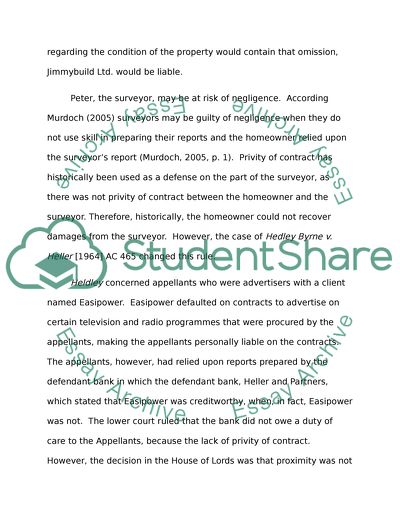Cite this document
(“Construction Law and Safety Essay Example | Topics and Well Written Essays - 1750 words”, n.d.)
Retrieved from https://studentshare.org/law/1430041-construction-law-and-safety
Retrieved from https://studentshare.org/law/1430041-construction-law-and-safety
(Construction Law and Safety Essay Example | Topics and Well Written Essays - 1750 Words)
https://studentshare.org/law/1430041-construction-law-and-safety.
https://studentshare.org/law/1430041-construction-law-and-safety.
“Construction Law and Safety Essay Example | Topics and Well Written Essays - 1750 Words”, n.d. https://studentshare.org/law/1430041-construction-law-and-safety.


